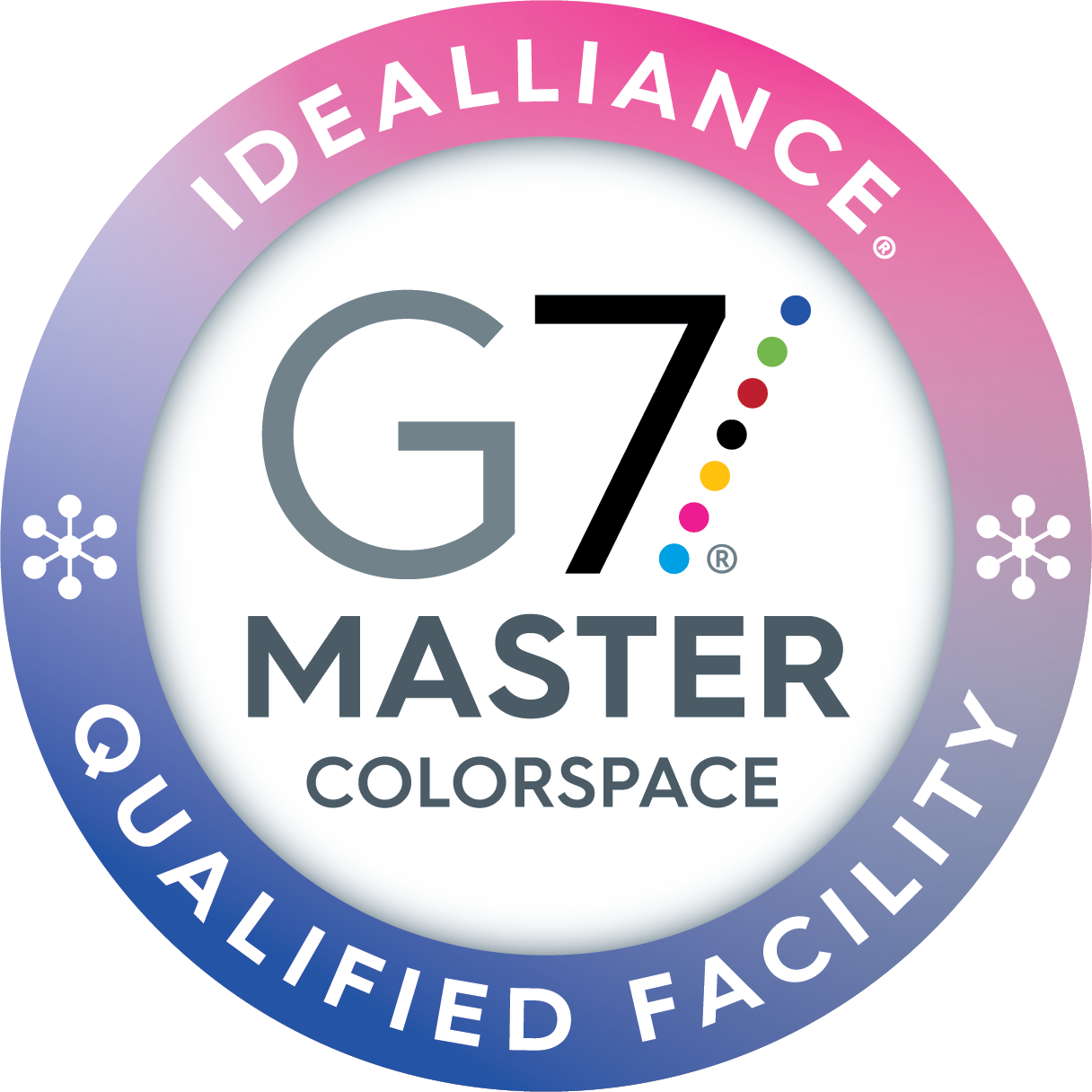“Print ready file” is a term used by printers to signify a digital file which is trouble free and does not need any modifications in order to print properly. Providing files free of trouble can reduce the print production time as well as save you additional costs. In this short article, we will review some of the more important aspects of getting your files ready for print production. By definition, print ready files are files which will produce the intended design without error. It is important to note that your digital files are similar to a set of computerized instructions to our printers as to what to produce. Only the correct instructions will result in the intended outcome.
Using a page layout program specifically designed for printing, such as QuarkXPress or Adobe InDesign, can significantly improve the efficiency and reduce the likelihood of errors. Start by creating a file to the exact trimmed size of your final printed piece. For example, if you are printing a single rack card, set your document size to 4” x 9”. If you are creating a magazine, set your document up for the actual page size, i.e. 8 1/2” x 11”. For folded brochures, set your document to the flat size of your brochure. See the tools section of our website to create a template for your brochure with the correct panel sizes for folding.
One of the most talked about terms in file preparation is bleed. Bleed is when any of the printing touches the edge of the sheet. In order to set the bleed properly, you should extend the image 1/8” past the edge of the page. This will allow for a margin of error, or variation in the folding or trimming of your document. You should keep important items, such as type, 1/4” away from the trim. This is the “safety” zone. The safety zone ensures that your design will look centered and does not get cut off.
Borders that continue around the page should be at least 1/4” thick. Again, this will allow for some variation in the binding. Borders that are less than 1/4” in width may result in an uneven look, due to mechanical tolerances in the trimming process. This only applies to borders that are right on the edge of the page or very close to the edge, it does not effect borders that are more than 1/4” away for the edge of the page. An experienced designer creates files that take into account the tolerance which is required to make the final piece look good.
Avoid “printer spreads” as we use computerized imposition software to layout the pages to fit the press sheet. Design multiple page documents as facing pages or single pages. Always include a hard copy or mock up so the prepress technicians have a visual understanding of your design. If you are sending files electronically, without hard copy proof, include an approved PDF file so we can make sure elements don’t shift and fonts print correctly. This allows us to know what the file “should” look like. If we open your layout file, and it doesn’t look like your PDF, then we know right away that something is wrong. Make sure to include all fonts, and images (in EPS of TIFF format), with your document. The easier you make it for your printer, the less time will be needed to produce it, and will result in a lower price at the end.
Another common term in printing is DPI. DPI stands for dots per inch, which is the resolution of your image. The higher the DPI, the better quality the image will reproduce. Internet (computer screen) images only need a resolution of 72 DPI to look good, while images that are to be printed need a much higher resolution. Images should have a minimum of 300 DPI for continuous tone (photographs), and a minimum of 600 DPI for line-art graphics (drawings).
A hairline rule is defined as the thinnest line an output device can create. While it looks fine on-screen and on a laser printer, our platesetter can print a line so fine it can barely be seen. If you want a hairline rule (defined as .25 point), specify a rule of .25 points in your layout program instead of using “hairline.”
A good way to speed the printing of your project, and avoid confusion, is to delete all unused colors in the color palette of your document. This way, our prepress technicians won’t have to wonder which colors should print, and which ones shouldn’t.
AA’s are short for Author’s Alterations. AA is a term that shows up in your invoice stating that you requested changes to the original graphic you provided. The AA is the cost of making modifications per your request. To avoid AA charges, make sure your files are fully approved before sending to the printer. If you need to make corrections after the proof is provided, it is best to mark the corrections on your proof and let the printer make the changes. Alternatively, you can submit just the page with the changes instead of the entire document. Providing a whole new file would result in a new set of proofs and additional prepress time to redo the work already done!
When you are done with your design/layout and are ready to send it to us, use “Save As…” in your layout program, as it creates a new, “clean” version of your file and tends to process better. If you have any questions along the way, feel free to contact us at 413-224-2100 or prepress@tigerpress.com. Tiger Team will be glad to help!

